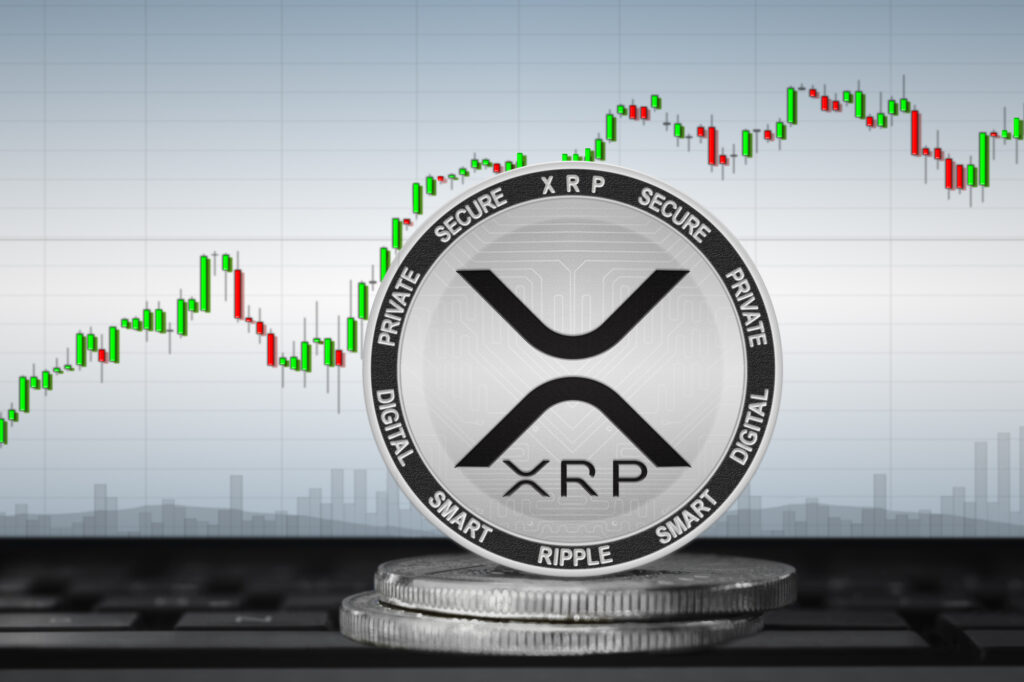Ripple Labs has created a gross settlement system called ODL (on demand liquidity). But what is it exactly?

What is the meaning of On Demand Liquidity?
On Demand Liquidity (ODL) is a service offered by Ripple, a blockchain-based payment protocol, that allows for the instant transfer of funds across borders using the digital asset XRP. The goal of ODL is to provide a more efficient and cost-effective way for financial institutions to move money globally.
Traditionally, cross-border payments have been a slow and expensive process. Banks and other financial institutions must rely on correspondent banking networks to move money between countries, which can take several days and involve multiple intermediaries. These intermediaries often charge high fees, and the lack of transparency in the process can make it difficult for businesses to track the status of their payments.
ODL aims to solve these problems by using XRP as a bridge currency. When a financial institution wants to send money to another institution in a different country, they first convert the funds into XRP. The XRP is then sent to a digital wallet at the destination institution, where it is converted back into the local currency. This process can happen in just a few seconds, and the fees are significantly lower than traditional methods.
One of the key advantages of ODL is that it allows for real-time settlement of cross-border payments. This is important for businesses that need to make payments quickly, such as e-commerce companies that need to pay suppliers in other countries or financial institutions that need to send money to clients in other time zones.
Another advantage of ODL is that it provides more transparency and traceability in the payment process. Because the transaction is recorded on the Ripple blockchain, both parties can see the status of the payment in real-time. This can help to reduce the risk of fraud and errors.
DL is also designed to be more inclusive than traditional cross-border payment systems. It allows financial institutions of all sizes, including those in developing countries, to access the global financial system. This can help to promote economic growth and financial inclusion in underserved regions.
Ripple has been working with a number of major financial institutions to implement ODL. In 2019, the company announced that it had signed agreements with several major money transfer companies, including MoneyGram and MercuryFX, to use ODL for cross-border payments. In 2020, Ripple announced that it had partnered with over 200 financial institutions to use ODL.
Despite the advantages of ODL, it is important to note that it is still a relatively new technology and there are some challenges that need to be addressed. One of the main challenges is regulatory compliance. Because ODL uses a digital asset, it is subject to different regulations in different jurisdictions. Ripple has been working with regulators around the world to ensure that ODL complies with local laws and regulations.
Another challenge is the adoption of XRP. While ODL provides a more efficient and cost-effective way to move money globally, it is dependent on the use of XRP. For financial institutions to use ODL, they must be willing to hold and use XRP. The value of XRP is highly volatile, which can make it a risky investment for some institutions.
Despite these challenges, ODL has the potential to revolutionize the way that money is moved globally. It can provide a faster, cheaper, and more transparent way for businesses and financial institutions to make cross-border payments. As the technology and regulatory environment continue to evolve, it is likely that we will see more widespread adoption of ODL in the future.
Does Ripple have a patent for On Demand Liquidity?
Ripple Labs Inc., the developer of the XRP Ledger, has recently been granted a patent by the United States Patent and Trademark Office (USPTO) for a “Network computing system implementing on-demand liquidity for cross-medium transaction services.” This patent, awarded on January 26th, relates to Ripple’s On Demand Liquidity (ODL) service, which uses the XRP digital asset as a bridge currency to enable instant, low-cost cross-border payments.
The patent details a system that allows for the conversion of one type of currency, such as USD, into another type of currency, such as EUR, through the use of a digital intermediary currency, like XRP. The system also includes a mechanism for managing liquidity and reducing the risk of currency fluctuations.
This is a significant development for Ripple and its ODL service, as it provides the company with a legal framework for protecting its technology. It also serves as a validation of the innovation and uniqueness of the ODL system, which offers a faster, cheaper, and more transparent way for businesses and financial institutions to make cross-border payments.
ipple’s ODL service has been gaining traction in recent years, with the company announcing partnerships with several major money transfer companies, such as MoneyGram and MercuryFX, to use ODL for cross-border payments. The company has also partnered with over 200 financial institutions to use ODL.
The patent award is also a sign of the USPTO’s growing recognition of the potential of blockchain technology and digital assets in the financial services industry. It shows that the regulatory body is open to new technologies and willing to grant patents for innovative products and services that can disrupt traditional financial systems.
This patent award is a testament to Ripple’s ongoing commitment to innovation and the development of cutting-edge financial technology. It also serves as a validation of the potential of ODL to revolutionize the way money is moved globally and promote financial inclusion in underserved regions.

